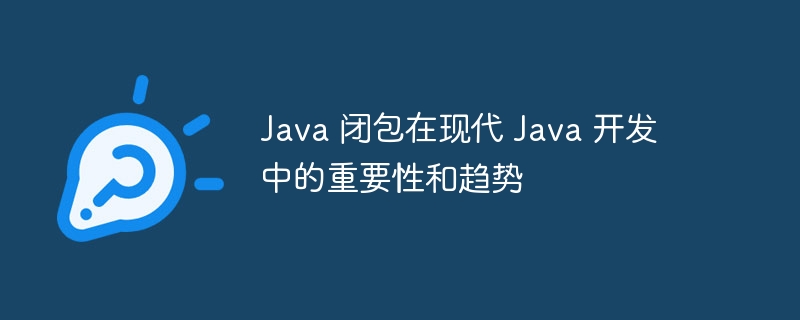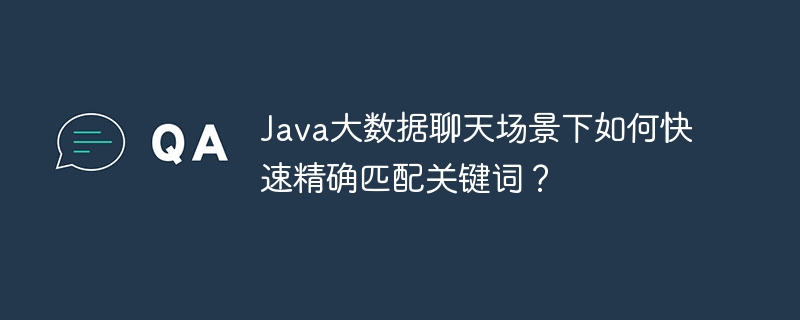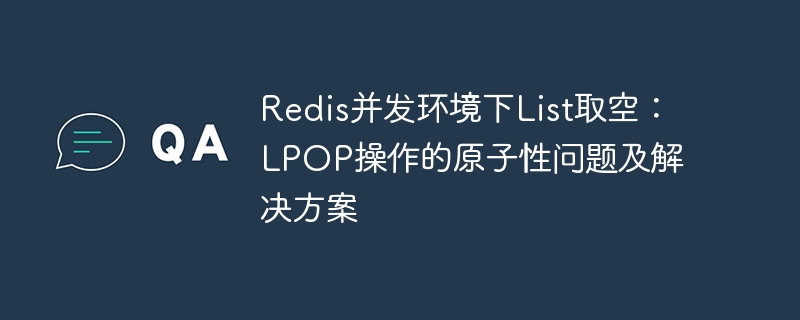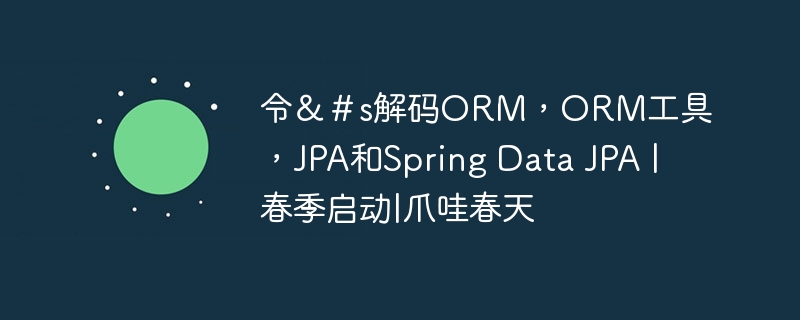从栈到队列:探索Java中常见的线性数据结构及其实现方式
引言:
在计算机科学中,数据结构是组织和存储数据的一种方式。线性数据结构是其中之一,它的特点是数据元素之间存在明确的前后关系。在Java开发中,常见的线性数据结构包括栈和队列,它们的使用频率非常高。本文将深入探索栈和队列在Java中的实现方式,并提供具体的代码示例。
一、栈的概念及实现方式:
栈是一种后进先出(Last In First Out, LIFO)的数据结构。它的特点是只能在栈顶进行插入和删除操作。在Java中,栈的常见实现方式有两种:基于数组的实现和基于链表的实现。
public class ArrayStack {
private int[] stack;
private int top; // 栈顶指针
public ArrayStack(int capacity) {
stack = new int[capacity];
top = -1;
}
public boolean isEmpty() {
return top == -1;
}
public boolean isFull() {
return top == stack.length - 1;
}
public void push(int item) {
if (isFull()) {
throw new RuntimeException("Stack is full");
}
stack[++top] = item;
}
public int pop() {
if (isEmpty()) {
throw new RuntimeException("Stack is empty");
}
return stack[top--];
}
public int peek() {
if (isEmpty()) {
throw new RuntimeException("Stack is empty");
}
return stack[top];
}
}public class LinkedStack {
private Node top;
public LinkedStack() {
top = null;
}
public boolean isEmpty() {
return top == null;
}
public void push(int item) {
Node newNode = new Node(item);
newNode.next = top;
top = newNode;
}
public int pop() {
if (isEmpty()) {
throw new RuntimeException("Stack is empty");
}
int item = top.data;
top = top.next;
return item;
}
public int peek() {
if (isEmpty()) {
throw new RuntimeException("Stack is empty");
}
return top.data;
}
private class Node {
private int data;
private Node next;
public Node(int data) {
this.data = data;
this.next = null;
}
}
}二、队列的概念及实现方式:
队列是一种先进先出(First In First Out, FIFO)的数据结构。它的特点是只能在队尾插入元素,在队头删除元素。在Java中,队列的常见实现方式有两种:基于数组的实现和基于链表的实现。
public class ArrayQueue {
private int[] queue;
private int front; // 队头指针
private int rear; // 队尾指针
public ArrayQueue(int capacity) {
queue = new int[capacity + 1]; // 额外预留一个空位
front = rear = 0;
}
public boolean isEmpty() {
return front == rear;
}
public boolean isFull() {
return (rear + 1) % queue.length == front;
}
public void enqueue(int item) {
if (isFull()) {
throw new RuntimeException("Queue is full");
}
queue[rear] = item;
rear = (rear + 1) % queue.length;
}
public int dequeue() {
if (isEmpty()) {
throw new RuntimeException("Queue is empty");
}
int item = queue[front];
front = (front + 1) % queue.length;
return item;
}
public int peek() {
if (isEmpty()) {
throw new RuntimeException("Queue is empty");
}
return queue[front];
}
}public class LinkedQueue {
private Node front; // 队头指针
private Node rear; // 队尾指针
public LinkedQueue() {
front = null;
rear = null;
}
public boolean isEmpty() {
return front == null;
}
public void enqueue(int item) {
Node newNode = new Node(item);
if (isEmpty()) {
front = newNode;
rear = newNode;
} else {
rear.next = newNode;
rear = newNode;
}
}
public int dequeue() {
if (isEmpty()) {
throw new RuntimeException("Queue is empty");
}
int item = front.data;
front = front.next;
if (front == null) {
rear = null;
}
return item;
}
public int peek() {
if (isEmpty()) {
throw new RuntimeException("Queue is empty");
}
return front.data;
}
private class Node {
private int data;
private Node next;
public Node(int data) {
this.data = data;
this.next = null;
}
}
}结论:
栈和队列是Java中常用的线性数据结构,有多种实现方式。本文介绍了基于数组和基于链表的栈、队列实现,并提供了具体的代码示例。开发者可以根据实际需求选择合适的实现方式,以提高程序的效率和可维护性。
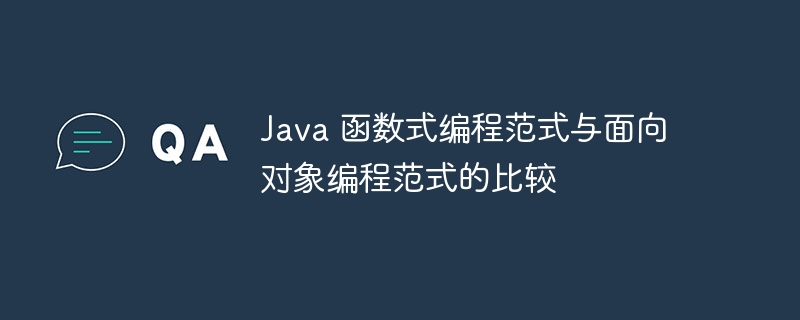
Java 函数式编程范式与面向对象编程范式的比较
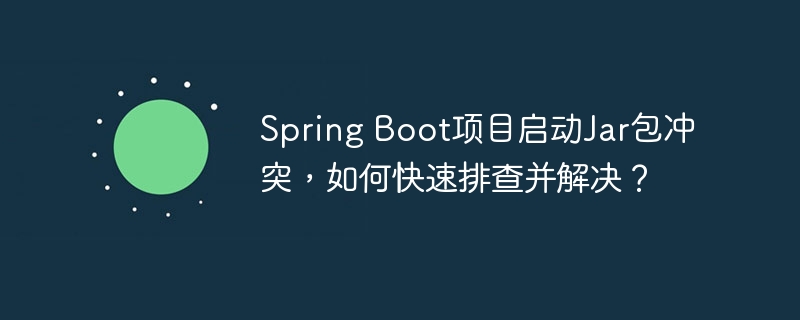
Spring Boot项目启动Jar包冲突,如何快速排查并解决?

子类如何通过父类方法修改父类私有属性?
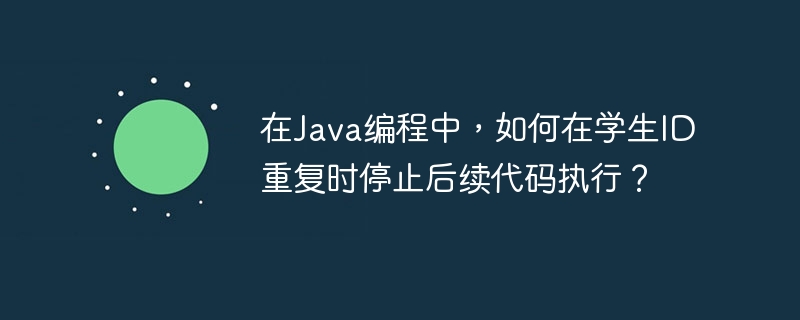
在Java编程中,如果你想在检测到学生ID重复时停止后续代码的执行,可以使用return语句或者抛出异常来实现。以下是两种常见的方法:方法一:使用return语句这种方法适用于在方法内部检测到重复ID时,直接返回,停止后续代码的执行。public void processStudent(Student student) { if (isStudentIdDuplicate(student.getId())) { System.out.println("学生ID已存在,停止处理。")

在 Android Fragment 中,如何最佳地调用 Activity 方法?

HttpServletResponseWrapper加密接口返回值时如何避免中文乱码?


